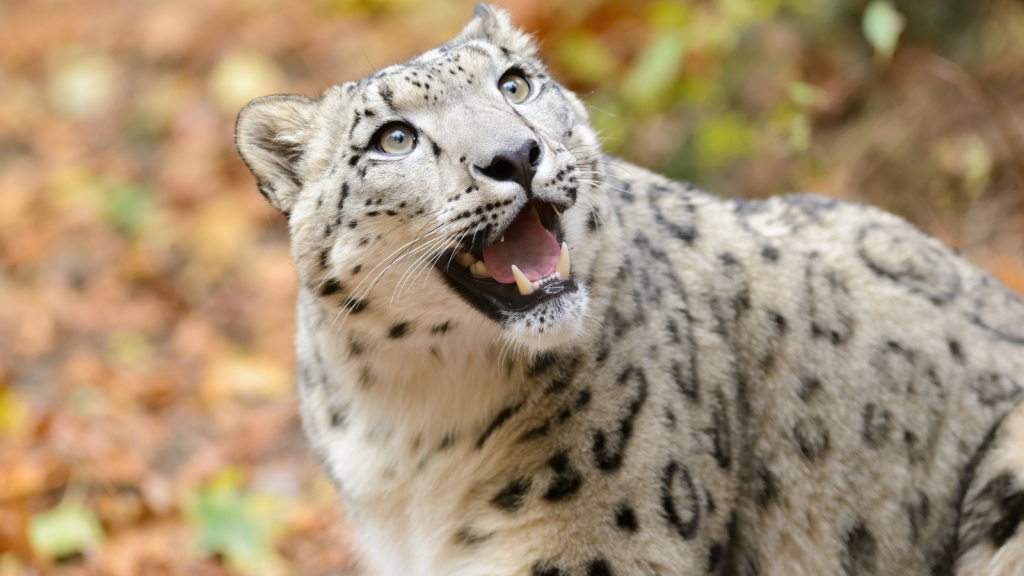High up in the mountains of Central Asia, a ghostly figure prowls through the snow. With its thick fur and powerful limbs, the snow leopard is perfectly adapted to life in one of the harshest environments on Earth. These big cats are so rarely seen that they’ve earned the nickname “mountain ghosts.” But despite their elusiveness, scientists have uncovered some amazing facts about these beautiful animals. From their incredible jumping abilities to their unusually long tails, snow leopards are full of surprises. Let’s explore some of the most fascinating things we’ve learned about these mysterious mountain dwellers.
They Can Leap Up to 15 Metres in a Single Bound
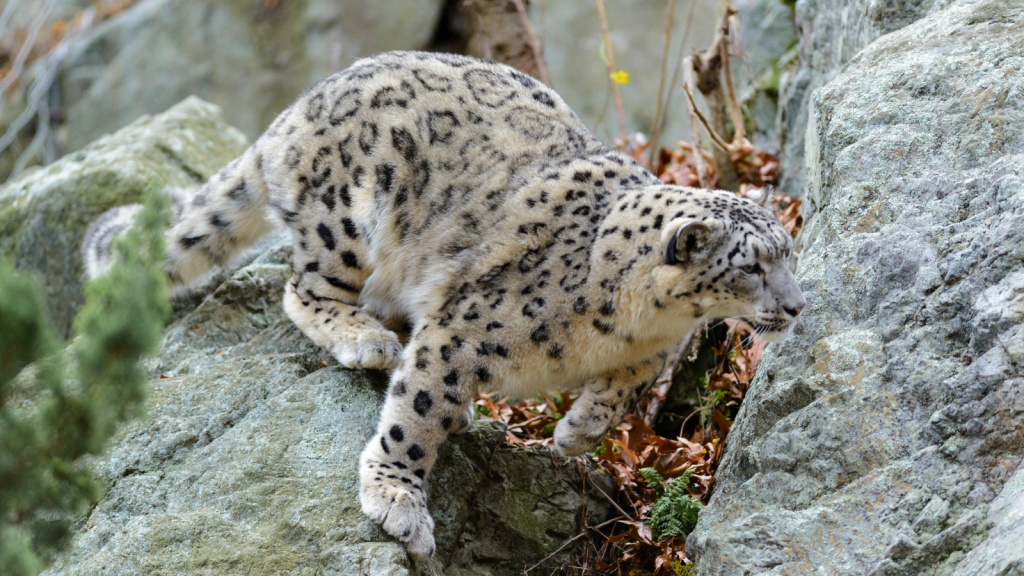
Snow leopards are incredible jumpers. They can leap as far as 15 metres in one go, which is about six times their body length. This amazing ability helps them catch prey and move quickly through their rocky mountain homes. Their powerful hind legs act like springs, launching them through the air with ease. These impressive jumps also allow snow leopards to ambush their prey from above, giving them a significant hunting advantage in their steep, rugged habitat.
Their Tails Are Nearly as Long as Their Bodies
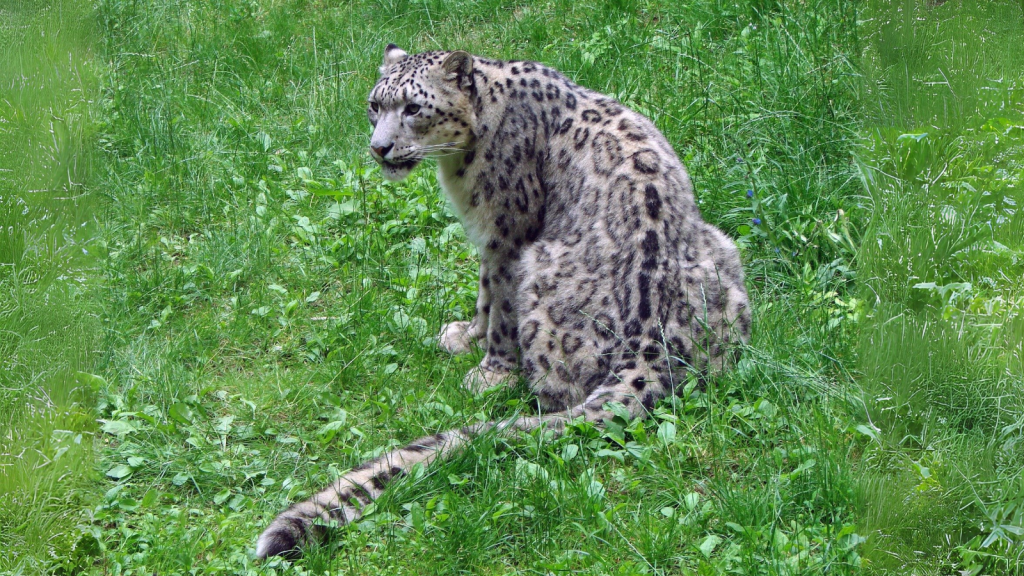
One of the most striking features of a snow leopard is its long, thick tail. This tail can measure up to 1 metre in length, almost as long as the rest of their body. It serves multiple purposes, helping them balance as they move across steep, rocky slopes and wrapping around their bodies like a scarf to keep them warm in freezing temperatures. The tail also acts as a rudder when they’re running and jumping, allowing them to make quick turns and adjustments mid-air.
They’re Loners Most of the Time
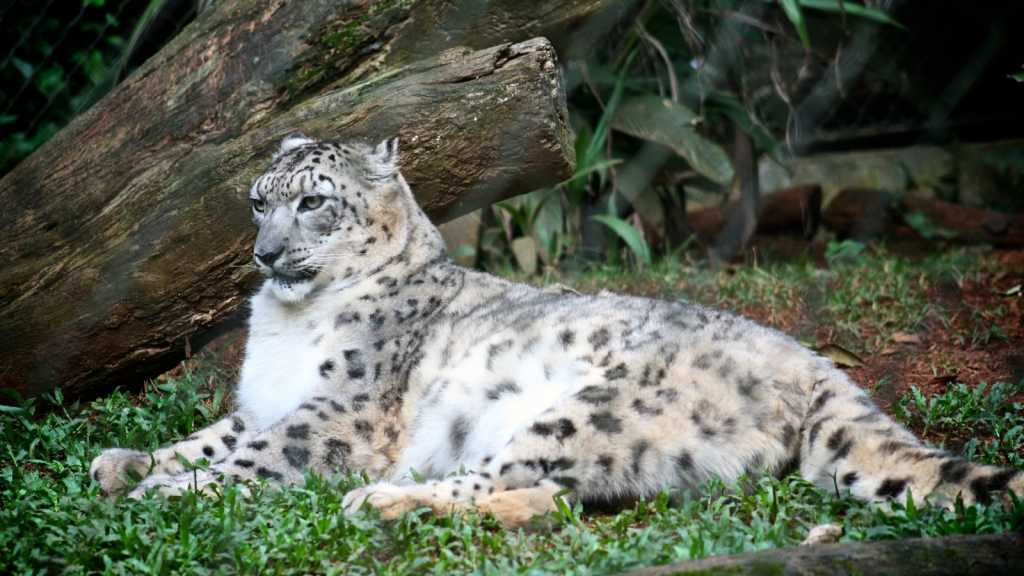
Snow leopards are solitary creatures, preferring to roam and hunt alone. They only come together during mating season or when a mother is raising her cubs. Each snow leopard has a large territory that can cover up to 1,000 square kilometres, which they mark with scent to warn off other leopards. This solitary lifestyle helps them survive in areas where prey can be scarce, reducing competition for food within their species.
Their Fur Changes Colour with the Seasons
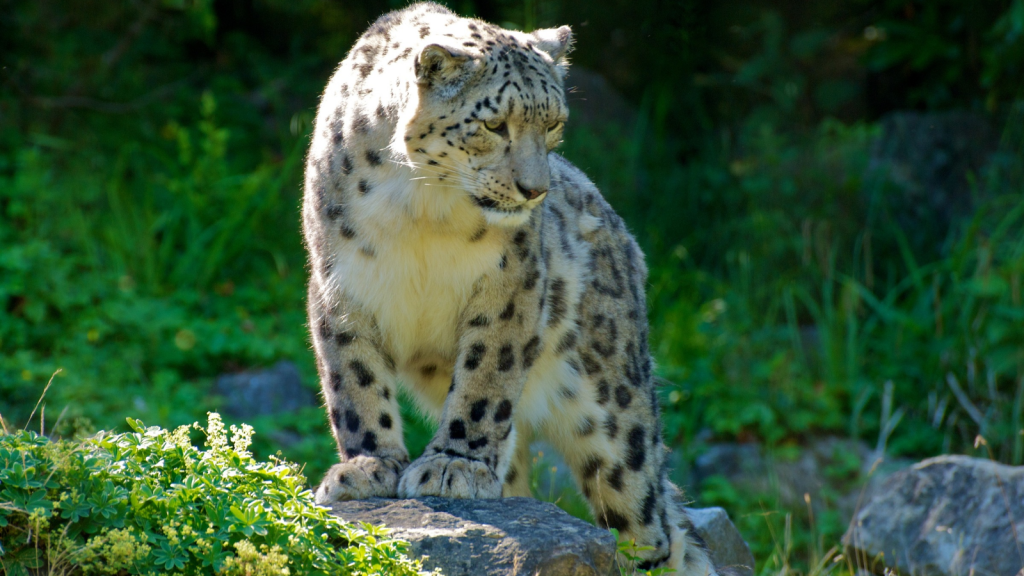
The snow leopard’s beautiful coat isn’t just for show – it’s a clever bit of natural camouflage. In winter, their fur grows longer and turns a lighter, greyish colour to blend in with the snowy landscape. In summer, their coat becomes shorter and takes on a more yellowish tinge, helping them hide among the rocks and sparse vegetation of their mountain habitat. This seasonal colour change is triggered by changes in daylight hours, a process known as photoperiodism.
They Can’t Roar Like Other Big Cats
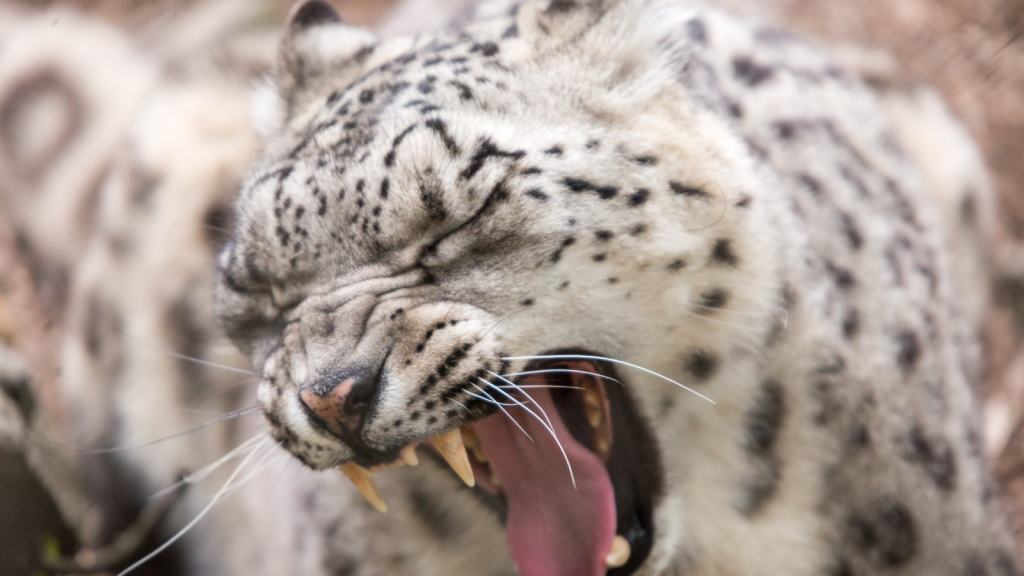
Unlike lions or tigers, snow leopards can’t roar. Instead, they make a variety of other sounds including purrs, growls, and a distinctive “chuffing” noise. This high-pitched, breathy sound is similar to a horse’s snort and is used as a greeting or to show happiness. The inability to roar is due to the structure of their vocal cords, which are different from those of other big cats in the Panthera genus.
Their Scientific Name Means “Panther of the Snows”
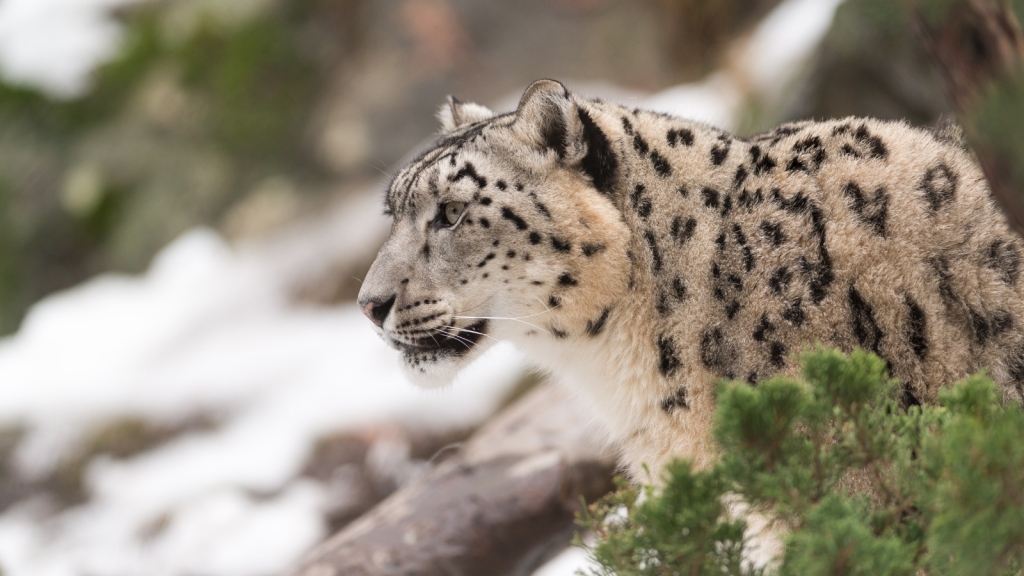
The snow leopard’s scientific name is Panthera uncia. “Panthera” refers to the genus of big cats they belong to, while “uncia” comes from the Old French word “once,” meaning lynx. Together, the name roughly translates to “panther of the snows,” which perfectly describes these beautiful mountain cats. Interestingly, despite their name, snow leopards are more closely related to tigers than to leopards.
They Have Enormous Paws
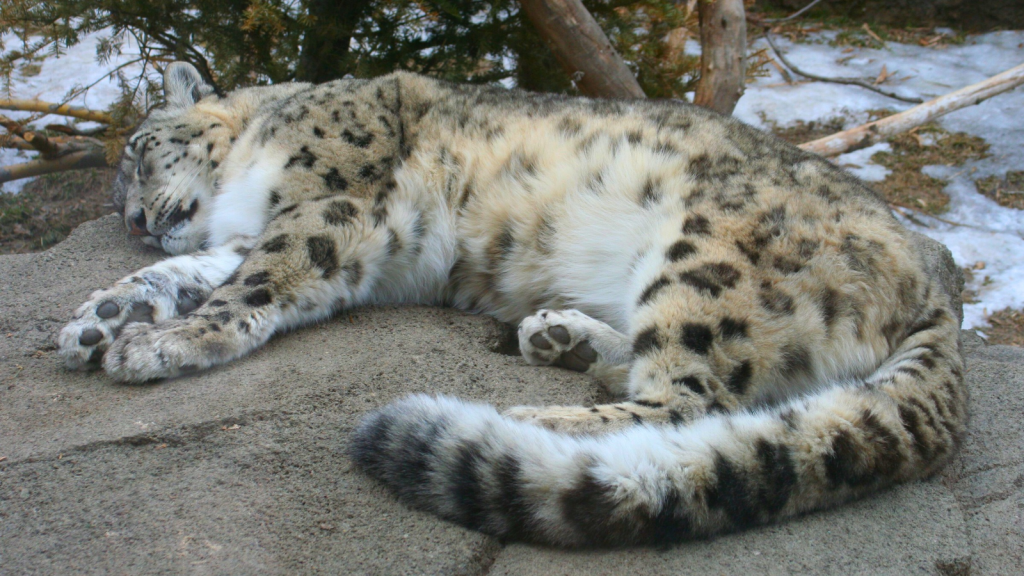
Snow leopards have unusually large paws for their size. These oversized feet act like natural snowshoes, spreading their weight out over soft snow and helping them move silently through their habitat. The fur on the bottom of their paws also provides extra grip on slippery surfaces and insulation from the cold. These adaptations allow snow leopards to walk on snow without sinking, giving them a significant advantage when hunting in their wintry environment.
Their Eyes Change Colour
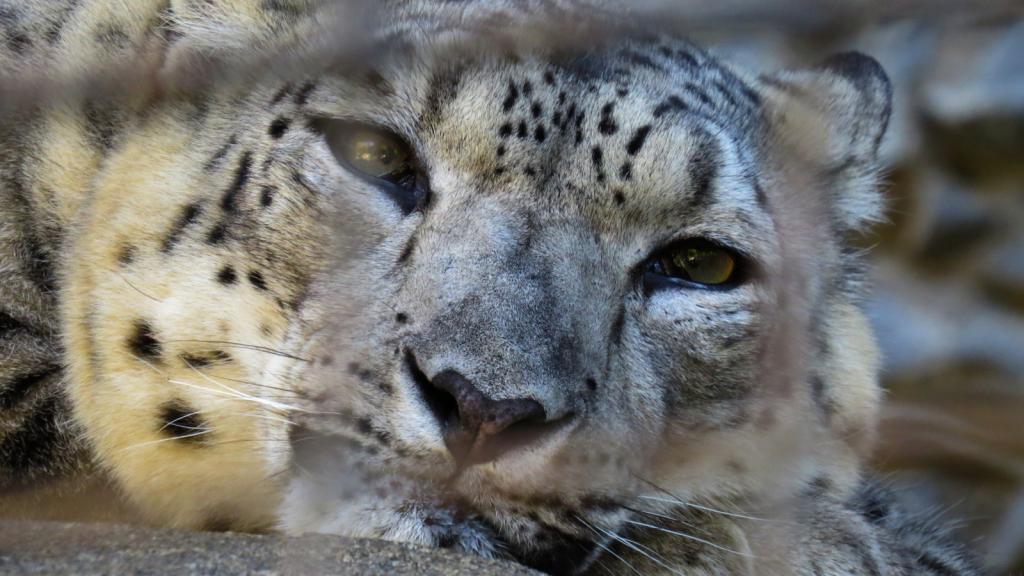
A snow leopard’s eyes are truly mesmerising. They start out blue when the cubs are born, but gradually change to a greenish or golden colour as they grow older. Their large, round eyes are also specially adapted for seeing in low light conditions, which helps them hunt at dawn and dusk. The reflective layer behind their retinas, called the tapetum lucidum, enhances their night vision by reflecting light back through the retina a second time.
They’re Excellent Swimmers

Despite living in cold, mountainous regions, snow leopards are surprisingly good swimmers. They’ve been observed crossing fast-flowing mountain rivers with ease. This ability helps them move around their territory and access different hunting grounds. Their swimming skills also come in handy when they need to escape danger or pursue prey that has entered the water.
They Can Survive in Temperatures as Low as -40°C
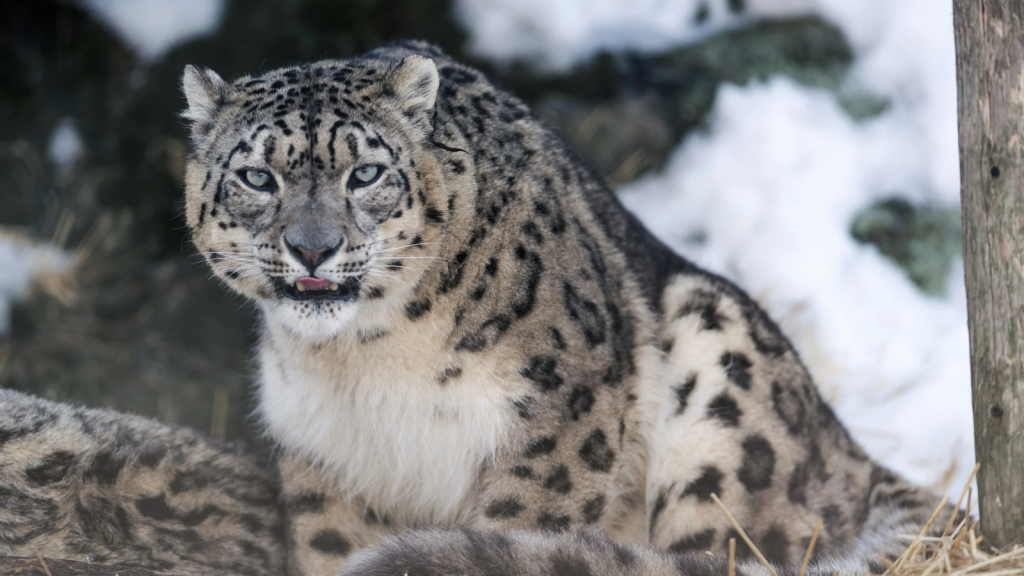
Snow leopards are incredibly well-adapted to cold climates. Their thick fur coat, which is made up of a dense undercoat and longer guard hairs, can keep them warm in temperatures as low as -40°C. They also have a large nasal cavity that helps warm the air before it reaches their lungs. Additionally, their short, rounded ears minimise heat loss, and they can wrap their long, furry tails around their faces like a scarf for extra warmth while sleeping.
They’re Known as the “Ghosts of the Mountains”
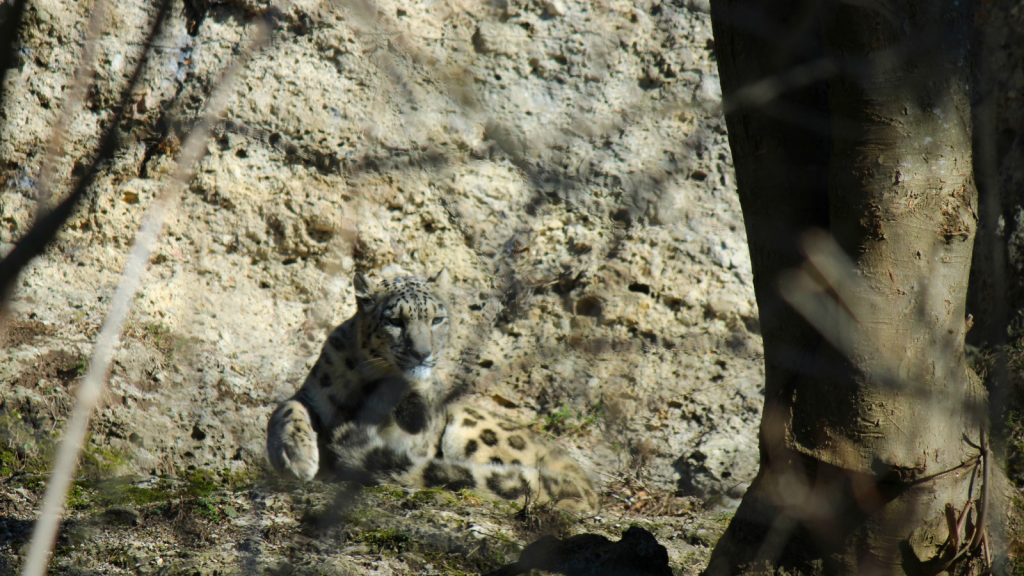
Snow leopards are so elusive that they’re often called the “ghosts of the mountains.” Their excellent camouflage and secretive nature make them incredibly difficult to spot in the wild. In fact, many researchers spend years studying these animals without ever seeing one in person. This elusiveness has contributed to the mystique surrounding snow leopards and has made them a symbol of the untamed wilderness of the high mountains.
They Sometimes Eat Grass
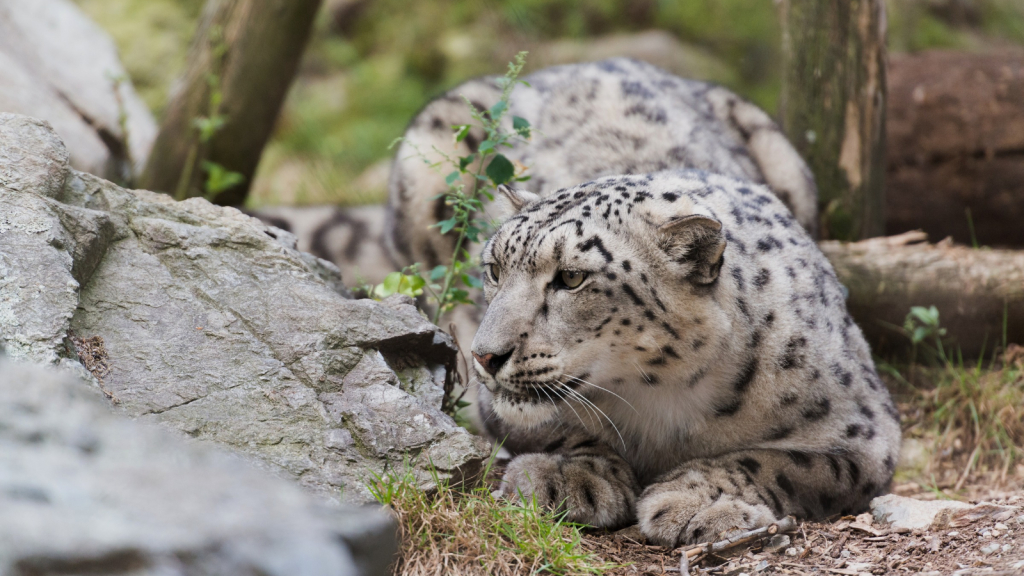
While snow leopards are primarily carnivores, they’ve been observed eating grass from time to time. This behaviour, known as zoophagy, is common in many carnivores. It’s thought that eating grass might help with digestion or provide some essential nutrients. Some researchers also suggest that grass-eating might help snow leopards expel parasites from their digestive system.
Their Spots Are Like Fingerprints
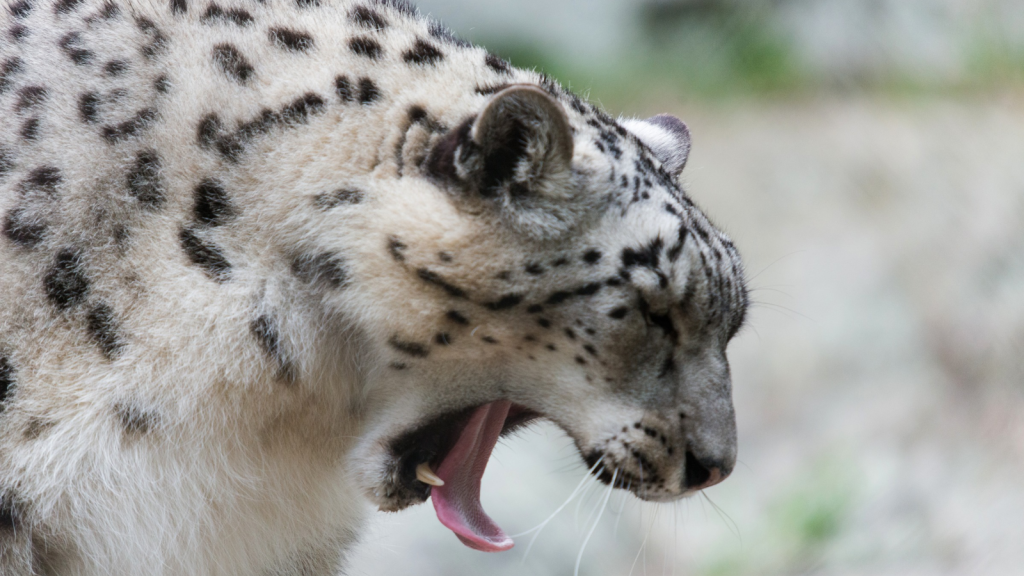
Each snow leopard has a unique pattern of spots on its fur, just like human fingerprints. Researchers use these patterns to identify individual leopards in camera trap photos, helping them track population numbers and movement patterns without disturbing the animals. This non-invasive method of identification has revolutionised snow leopard research, allowing scientists to gather crucial data about these elusive cats without interfering with their natural behaviour.
They Can Take Down Prey Three Times Their Size
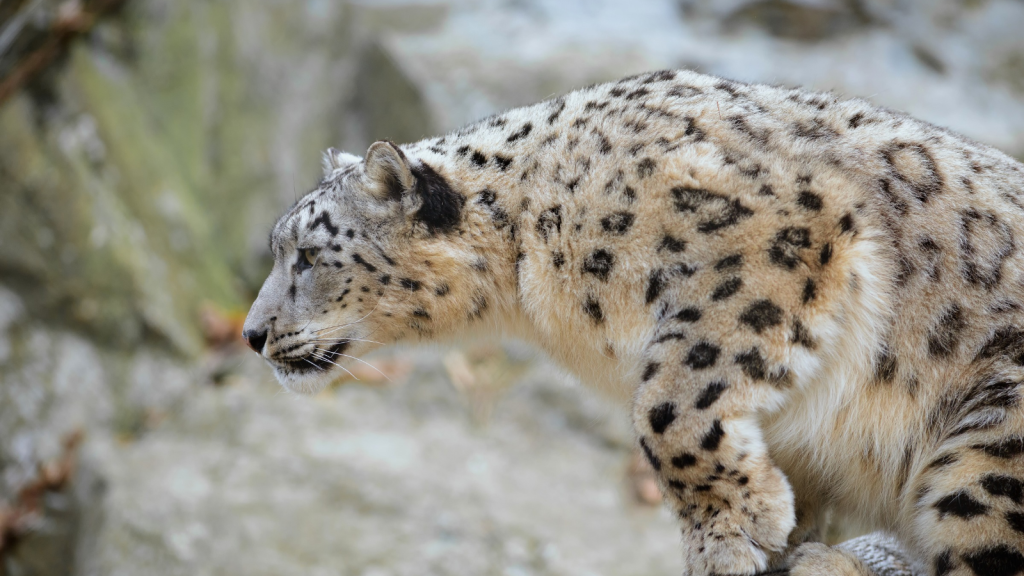
Despite their relatively small size compared to other big cats, snow leopards are formidable hunters. They can successfully hunt animals up to three times their own weight, including wild sheep, goats, and even small yaks. Their powerful build and sharp claws make them expert climbers, allowing them to chase prey up and down steep mountain slopes. Snow leopards are also known for their patience, sometimes stalking their prey for hours before making a swift, powerful attack.
They’re Considered Vulnerable to Extinction
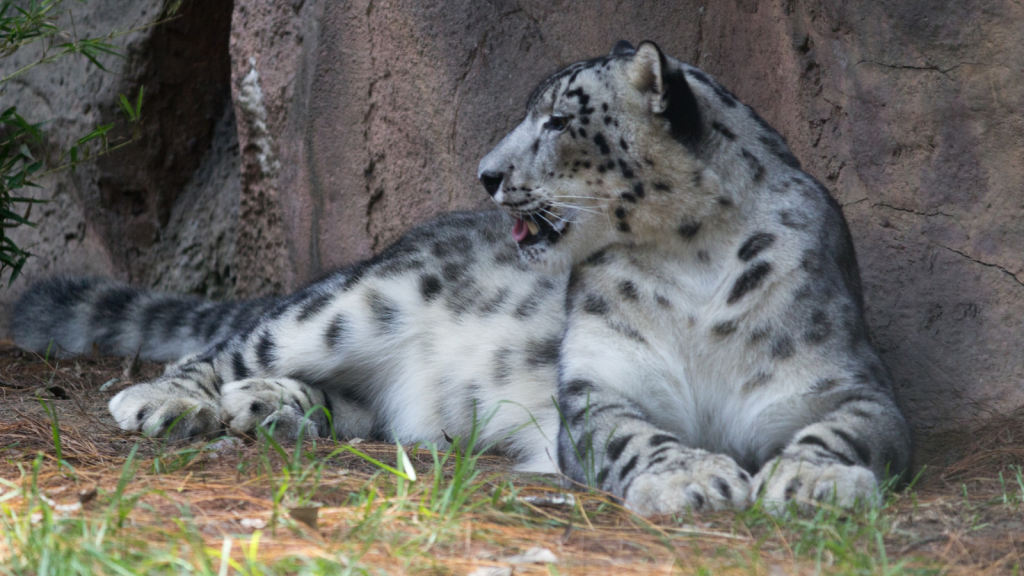
Sadly, snow leopards are facing numerous threats in the wild. Habitat loss, poaching, and conflict with humans have all contributed to declining populations. There are estimated to be only 4,000 to 6,500 snow leopards left in the wild, making conservation efforts crucial for their survival. Climate change is also emerging as a significant threat, as it’s altering the delicate mountain ecosystems that snow leopards depend on.
They Play a Crucial Role in Their Ecosystem
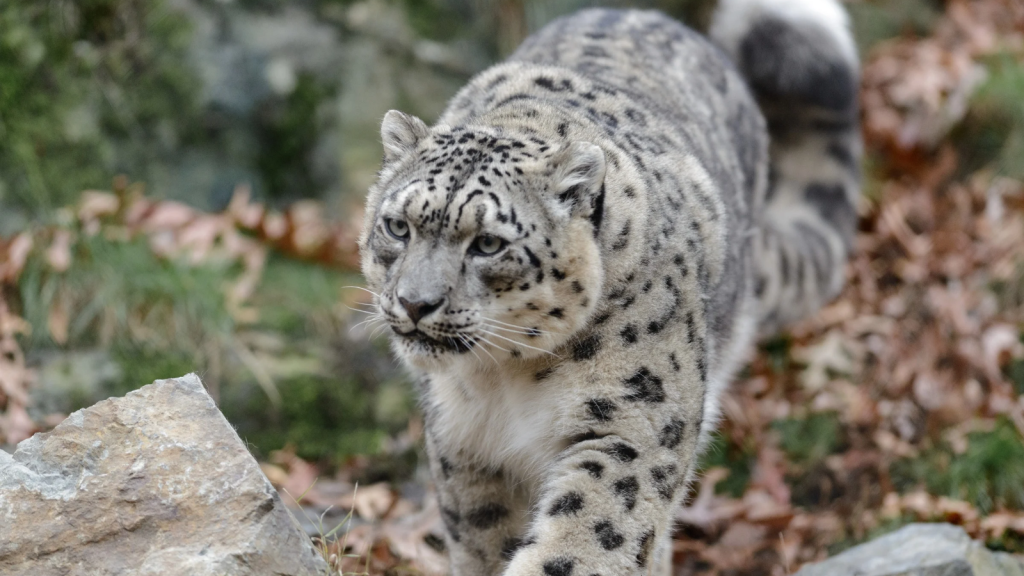
As top predators, snow leopards help maintain the balance of their mountain ecosystems. By controlling populations of their prey species, they indirectly affect vegetation patterns and the overall health of their habitat. Protecting snow leopards means protecting entire mountain ecosystems and the other species that depend on them. Their presence is often used as an indicator of the overall health of high-mountain environments, making them a key species for conservation efforts in these regions.
Becky is a fervent wildlife enthusiast and pet care expert with a diploma in canine nutrition. Her love for animals stretches beyond the domestic, embracing the wild tapestry of global fauna. With over a decade of experience in animal welfare, Becky lends her expertise to OutlandishOwl through insightful articles, captivating wildlife information, and invaluable guidance on pet nutrition. Her work embodies a deep commitment to understanding the intricate lives of animals and a passion for educating others on sustaining natural habitats. Becky's hands-on conservation efforts and her knack for translating complex dietary science into practical pet feeding tips make her an indispensable voice for creatures great and small.

